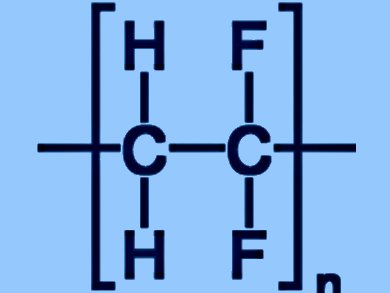Walter Voit, University of Texas, Dallas, USA, and colleagues have developed a method for controlled incorporation of carbon fullerenes (C60) and single-walled carbon nanotubes (SWNT) into polyvinylidene fluoride (PVDF) fibers to double the piezoelectric performance of PVDFs. This means when the material is stretched, it generates electricity or electricity put onto its surface can make it change shape.
PVDF and other materials are already used as pressure sensors in touchpads and tilt sensors in electronics. But if their piezoelectric properties can significantly be improved, they could go far beyond these first-generation applications.
The electromechanical coupling coefficients (measure of the piezoelectric effect) of the PVDF-C60 and PVDF-SWNT composites are found to be about two times greater than for pure PVDF. To make the materials even more powerful, the team coils them: Composite fibers of 1 mm in diameter are drawn through core shell extrusion, with a soft metal conductive core that acts as an inner electrode. The fibers are gold coated and twisted into a yarn-like, tight structure. When a voltage is applied between the inner and outer electrodes, the structure expands and contracts across its length and width. The coils can be unraveled by torsional strain. Alternately, the material can be used as long-stroke energy harvesting devices, when long strains are applied.
Boeing would like to employ these materials to use the energy generated from airplane passengers as they sit, get up, and adjust in their seats to power some of the plane’s functions such as overhead lights in cabins. This would allow them to eliminate cables, which reduces the weight of the jets and saves fuel.
- Presented at the 249th National Meeting & Exposition of the American Chemical Society (ACS), Denver, CO, USA



